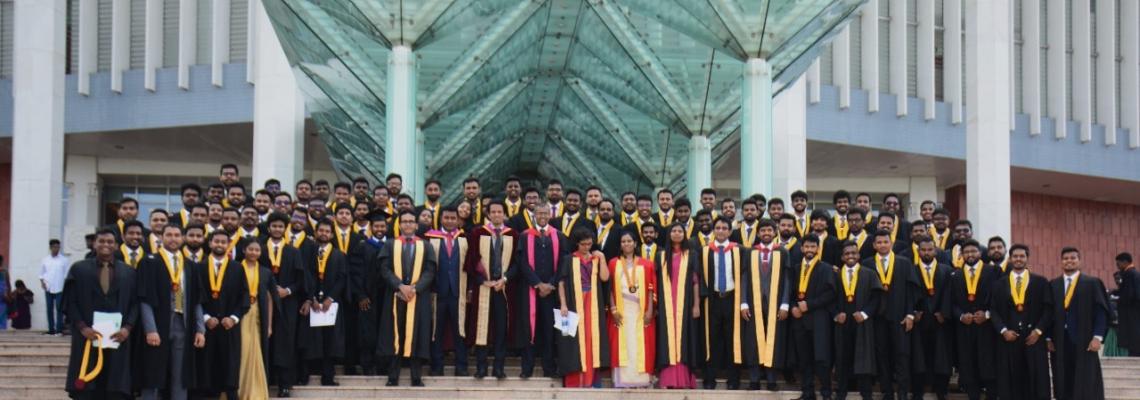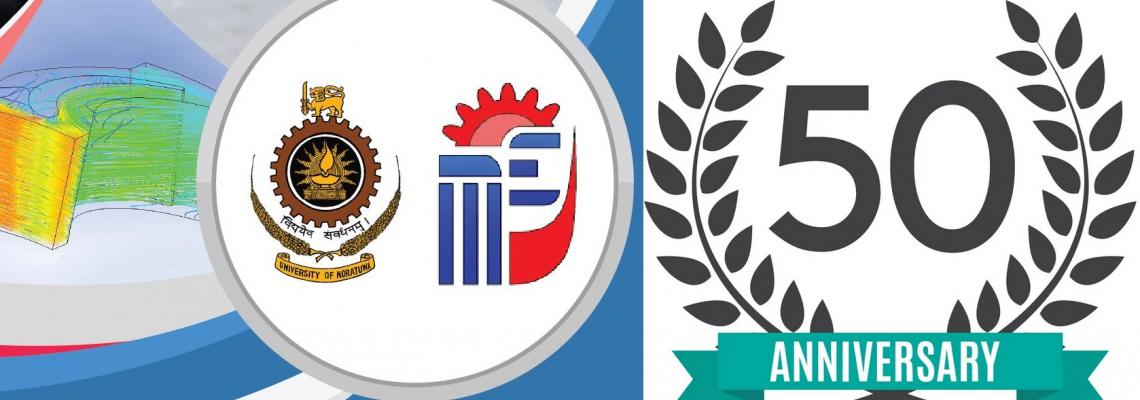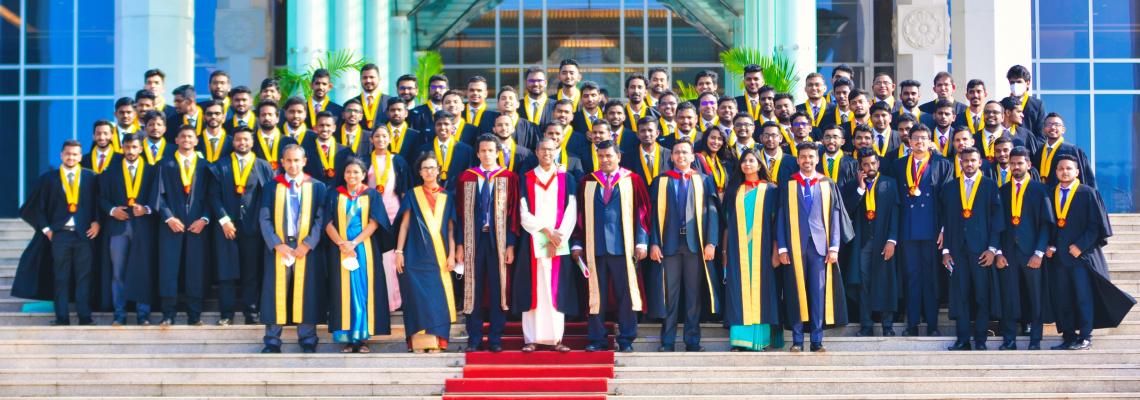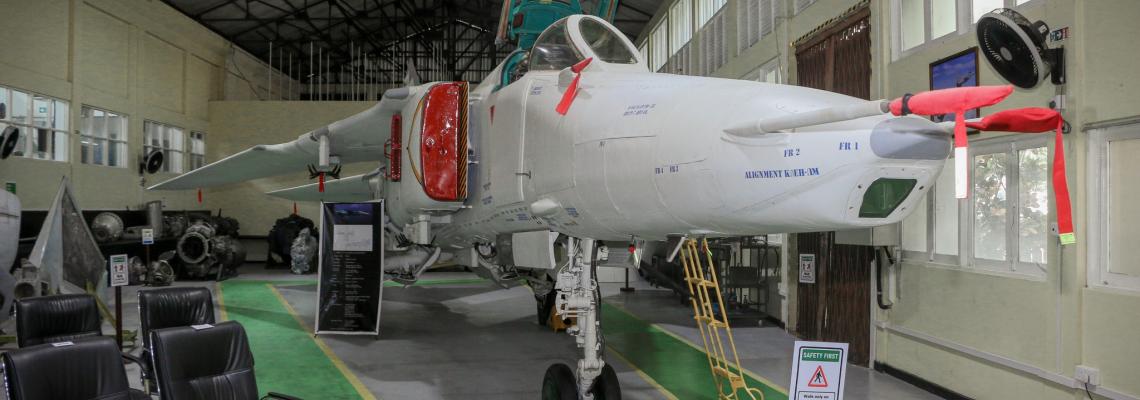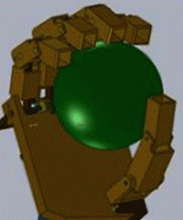 Prostheses play a significant role on providing the amputees the independency, enabling them to restore the lost body functions caused by their amputation. Recent developments in robotics and bio-medical signal processing has greatly influenced on such kind of assistive technologies to achieve tremendous performance capabilities over the available traditional assistive technologies. Accordingly, the development of the robotic prosthetic systems has become and emerging research interest among the researchers. As a country in its post war era, Sri Lanka also bear a larger community of amputees as victims, as well as the numbers are still increasing due to various reasons. Providing them a better quality to their life has become a national obligation and having understood it, Department of Mechanical Engineering, University of Moratuwa has initiated to develop robotic prosthetic systems. The research is supported by the National Research Council, Sri Lanka under grant no 11 – 067.
Prostheses play a significant role on providing the amputees the independency, enabling them to restore the lost body functions caused by their amputation. Recent developments in robotics and bio-medical signal processing has greatly influenced on such kind of assistive technologies to achieve tremendous performance capabilities over the available traditional assistive technologies. Accordingly, the development of the robotic prosthetic systems has become and emerging research interest among the researchers. As a country in its post war era, Sri Lanka also bear a larger community of amputees as victims, as well as the numbers are still increasing due to various reasons. Providing them a better quality to their life has become a national obligation and having understood it, Department of Mechanical Engineering, University of Moratuwa has initiated to develop robotic prosthetic systems. The research is supported by the National Research Council, Sri Lanka under grant no 11 – 067.
As a main research project, development of a 5 degree of freedoms robotic prosthetic arm is on its way. The arm is to be worn by a transhumeral amputee, who has lost his arm above the elbow, around the middle of the upper arm. The prosthetic arm is capable of realizing elbow flexion/extension, forearm supination/pronation, wrist flexion/extension, ulnar/redial deviation and hand grasping. The arm is developed in 2 major phases simultaneously. The hand is developed as a separate terminal device based on intrinsic actuation topology. It enables the hand design to be used not only in this arm but also for other researchers to be used a terminal attachment for their designs. The forearm design of the prosthetic arm is based on parallel link power transmission and it inherits the human anatomical features to a certain degree. At the same time, it is capable of handing larger payloads and adequate operational speed. The arm is to be controlled using electromyography signal based controller. It allows the exact human motion intention to be conveyed through the robotic prosthesis.


